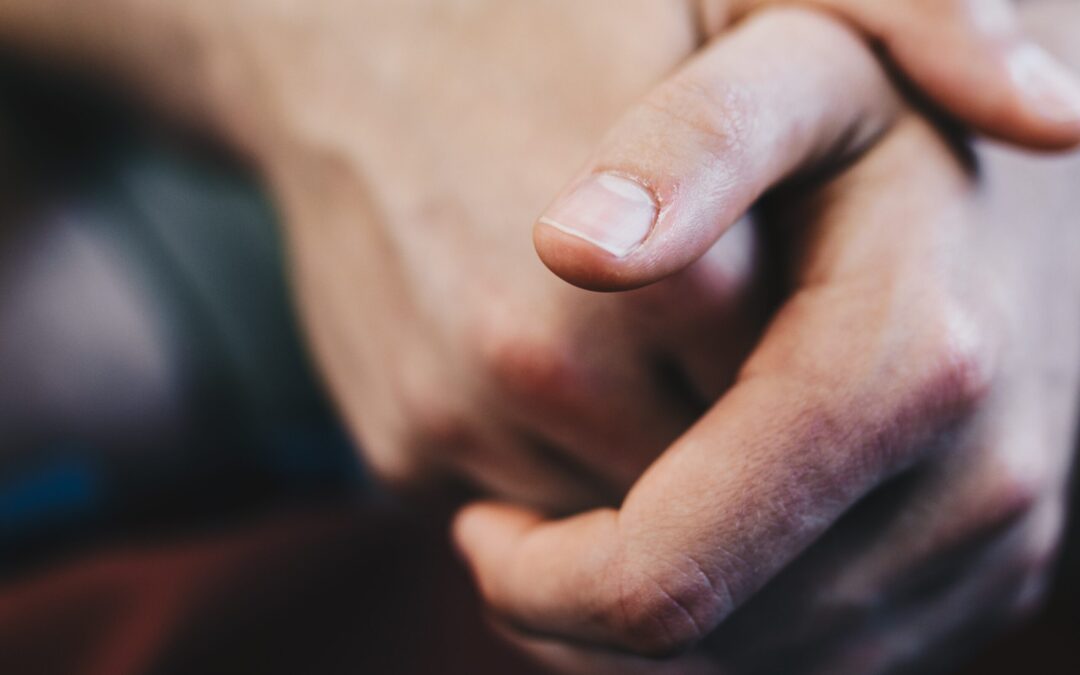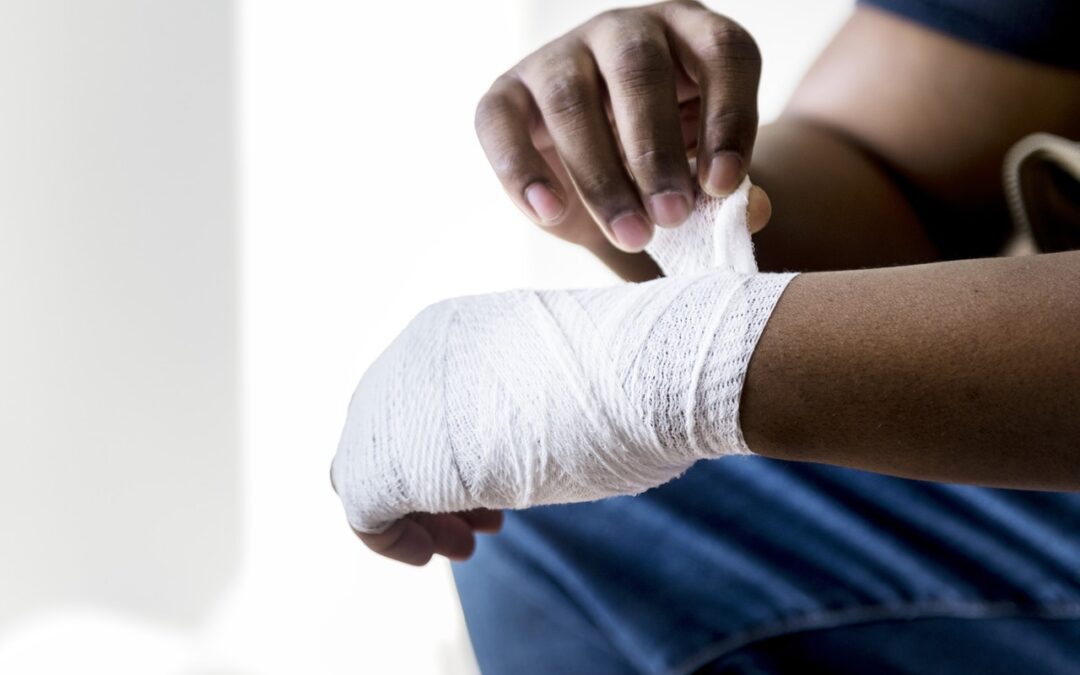
by The Children's Treatment Center | May 14, 2018 | General
While it’s simply “being human” to occasionally pick at your skin, at calluses, or at the cuticles on your fingers, when a person obsessively self-grooms, it could be a sign of dermatillomania or excoriation disorder. In layman’s terms, this is a skin picking...

by The Children's Treatment Center | Nov 23, 2018 | General
Self harm or self-injury is the intentional wounding of one’s own body. Most often, people who self harm will cut themselves with a sharp object. Self harming may also include: severely scratching areas of their body with a fingernail or sharpened object carving words...




